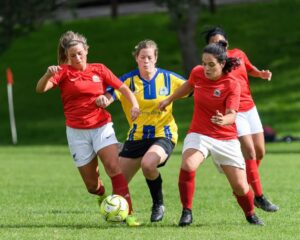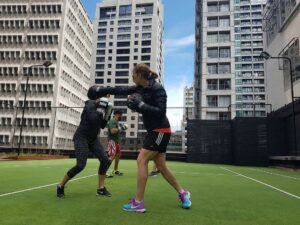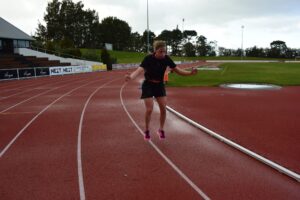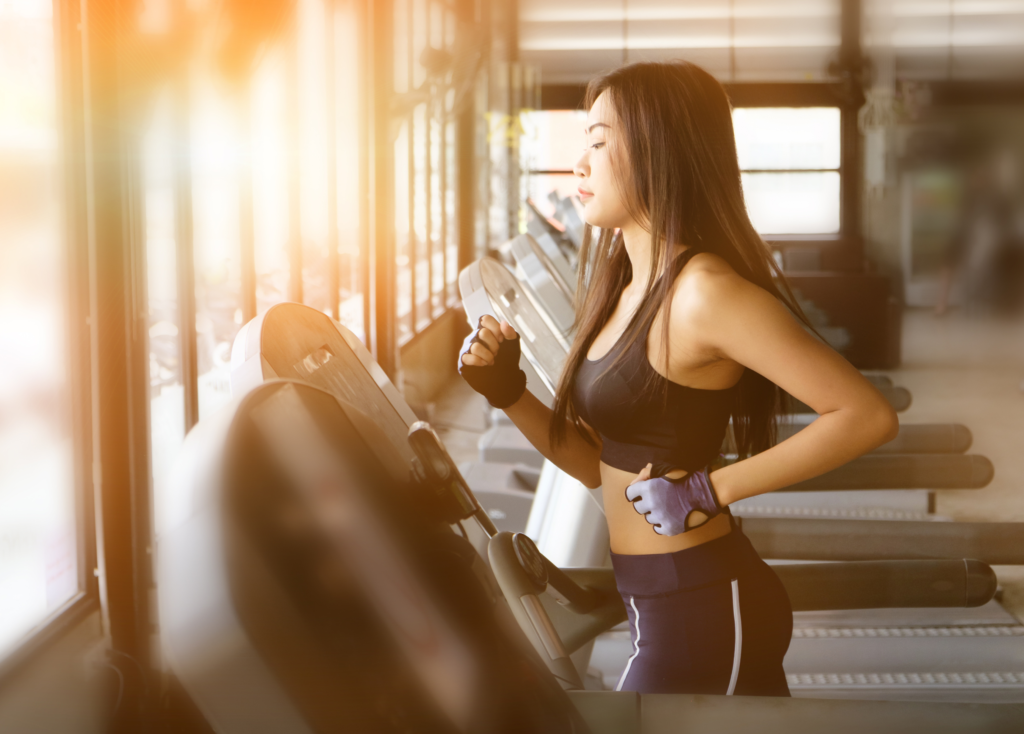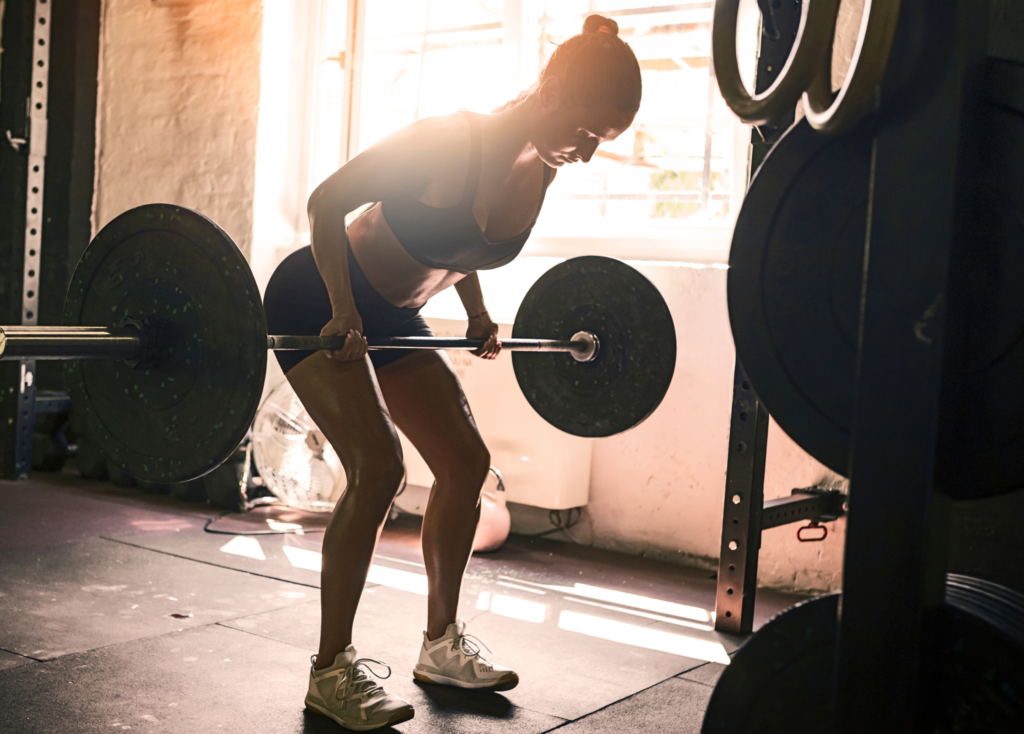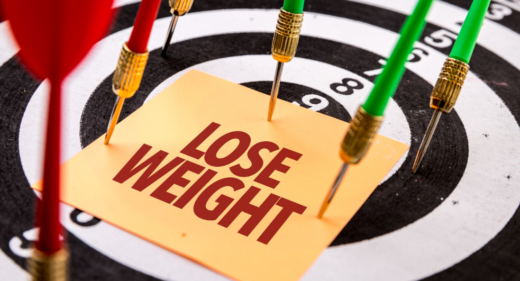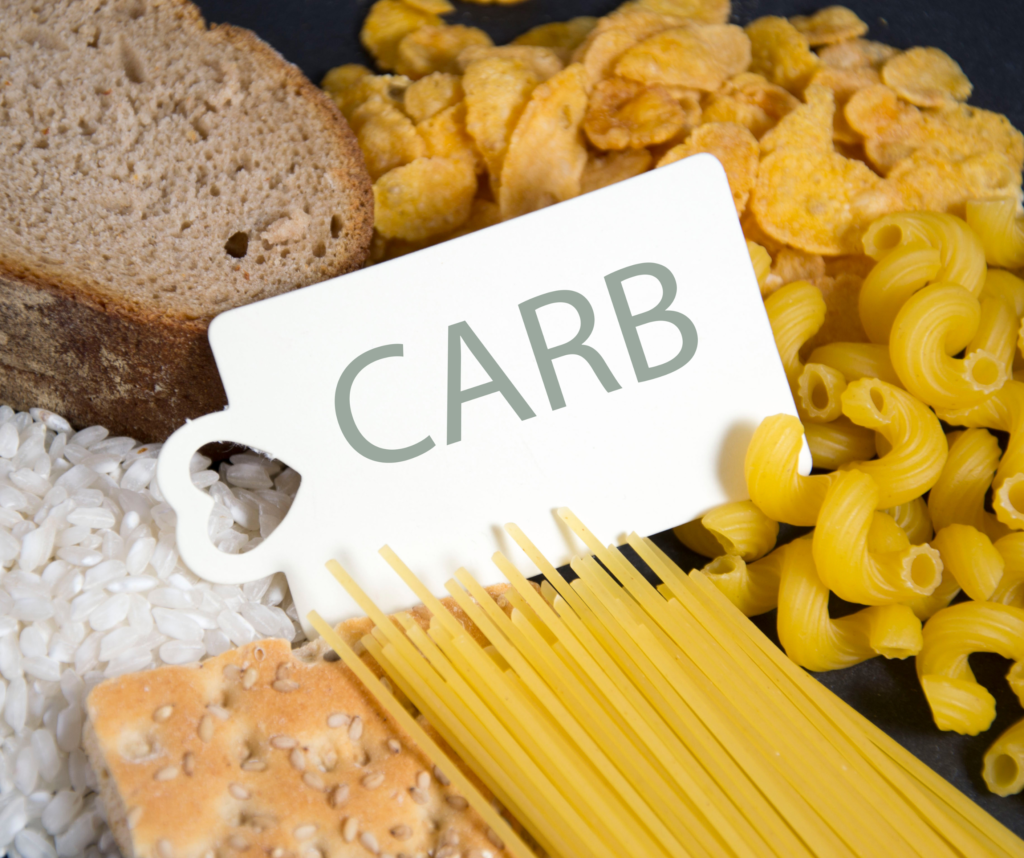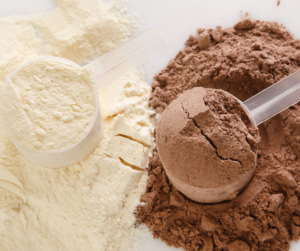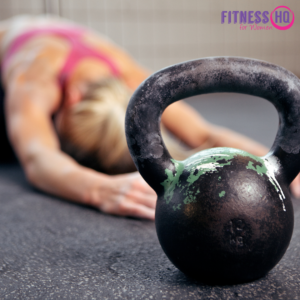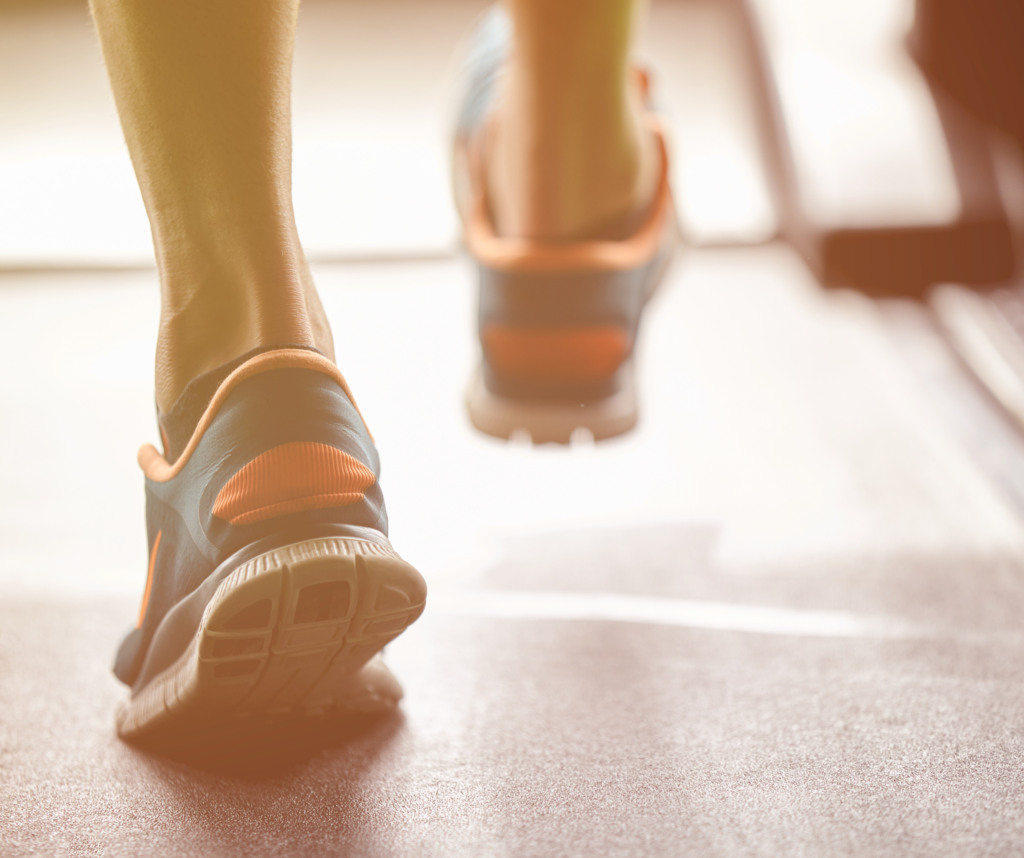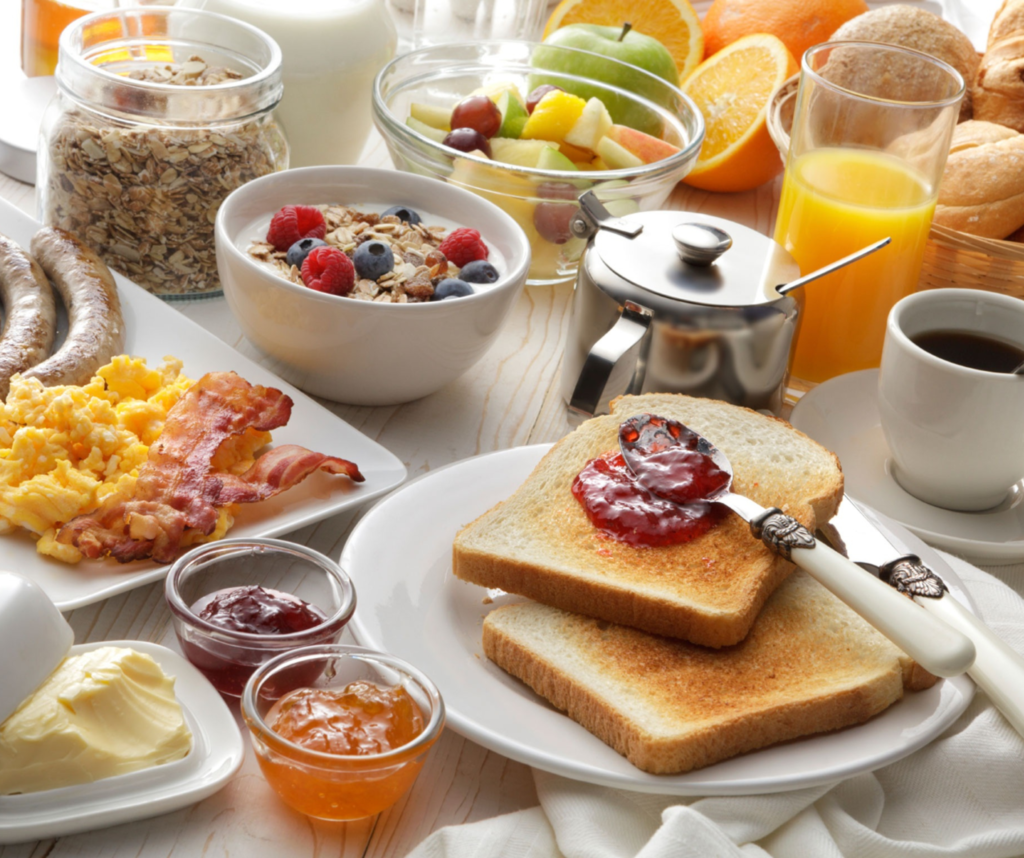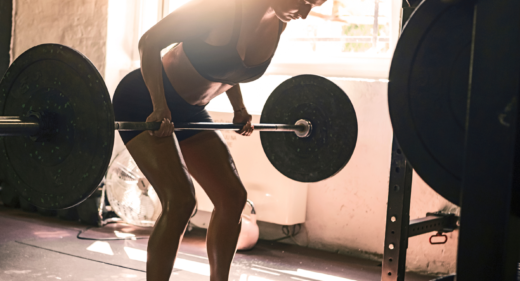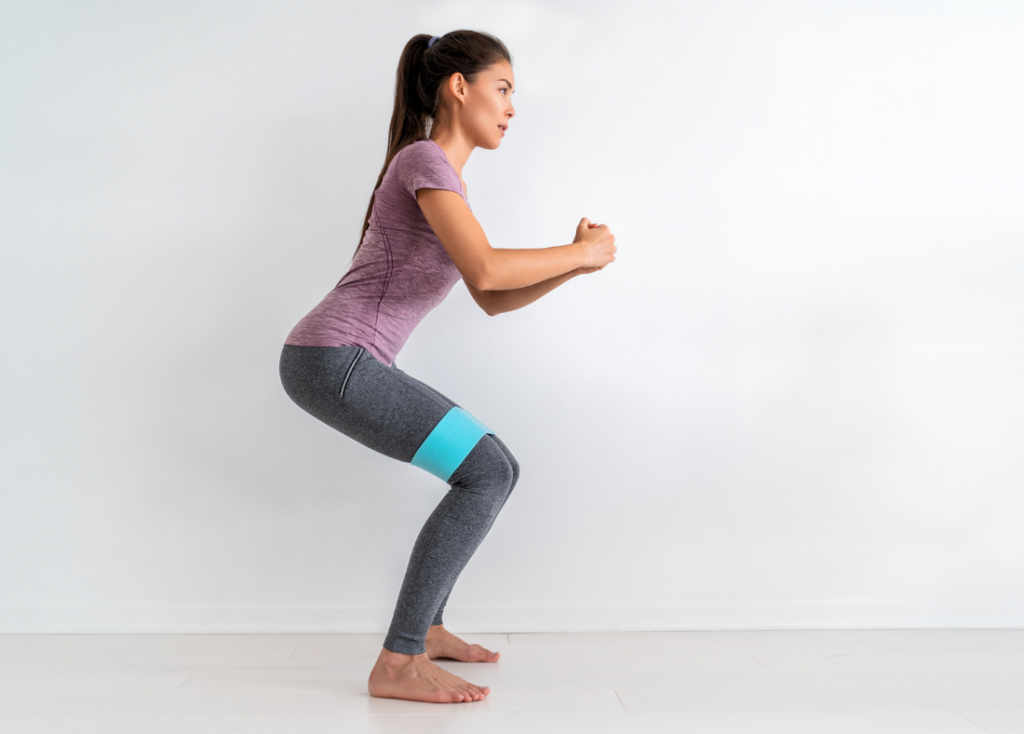
Mobility is important in day-to-day life. It allows us to move and flow through whatever life throws at us, without pain or strain and risk of injury. For some, having mobility means being able to bend down to tie a shoelace or jump over a puddle, and to others mobility means being able to climb a tree with the kids or do a triple backflip as you cross the road.
Especially for women in fitness, mobility is essential – and it all starts in the gym. Mobility, particularly in the hips, knees, shoulders and ankles, allows us to carry out exercises with good form.
Having good form while exercising in the gym is important as it allows the joints to align correctly, and reduces the risk of misalignment injuries where the tendons and ligaments of your joints are rubbing against your bones incorrectly. This can lead to pain – and you want to be pain-free to reach your goals faster!
Adding just a few minutes at the start of your workout, or before you go to bed at night, can massively increase the strength of the tendons and joints to help you exercise with good form and reach your goals.
Some exercises for the…
Hip Flexors (hips):
- Banded hip flexion
Equipment needed:
- Resistance band
How to:
Standing upright, place the resistance band around your feet. Standing with your feet hip width apart, slowly raise one foot so that the band is resisting the movement. Complete 10 foot raises on one side, then do the same on the other. Repeat 3 times.
Plantar Flexors (ankles):
- Banded plantar flexion
Equipment needed:
- Resistance band
How to:
Sit on the floor with your legs out in front of you. Place the resistance band around the balls of one foot. Hold the other end of the resistance band tight in your hand. Slowly extend the toes away from you, pointing your toes. Slowly let your toes come back, feeling the tendons in your ankle working. Complete 10 flexions on each side. Repeat 3 times.
Patellar Tendon knees):
- Banded crab walks
Equipment needed:
- Resistance band
How to:
Place the resistance band around your ankles. Lower into a squat position. Leading with one leg, side squat laterally. Complete 10 walks to one side, then walk back 10 side squats on the other side. Repeat 3 times.
This is also a great movement to activate the glutes pre workout too.
Rotator Cuff (shoulders):
- Rotator cuff swings
Equipment needed:
- Bench
How to:
Lean forward and place one hand on a bench for support. Let your other arm hang freely at your side. Gently raise and lower your free arm. Repeat the exercise moving your arm side-to-side and then again in a circular motion. Repeat the entire sequence with the other arm. Repeat 4 times.
“Located in Albany on the North Shore, Fitness HQ is the gym for Women. We run over 20+ group fitness classes as well as providing a safe comfortable space for ladies to work out in our main 24 hour gym”

